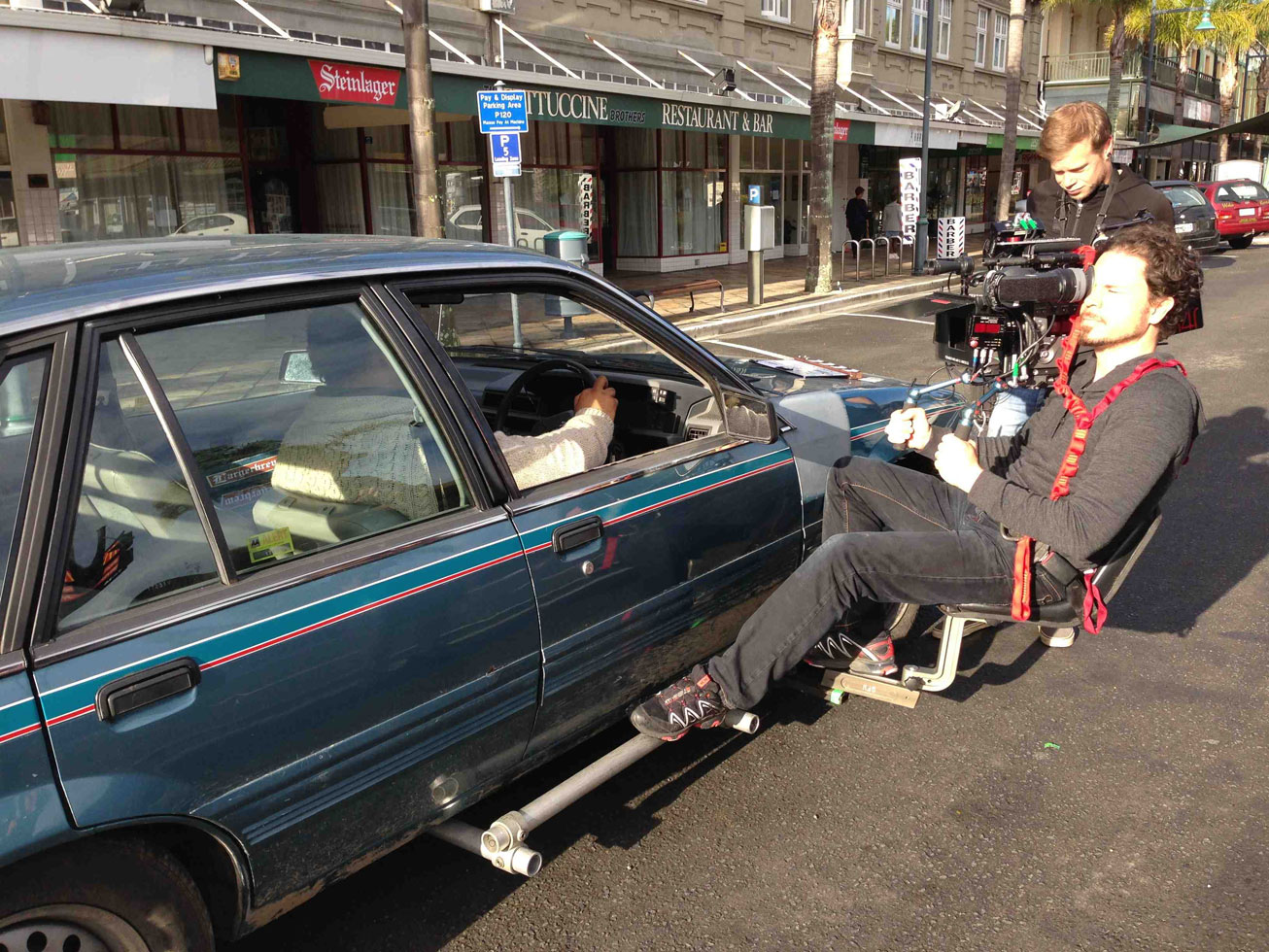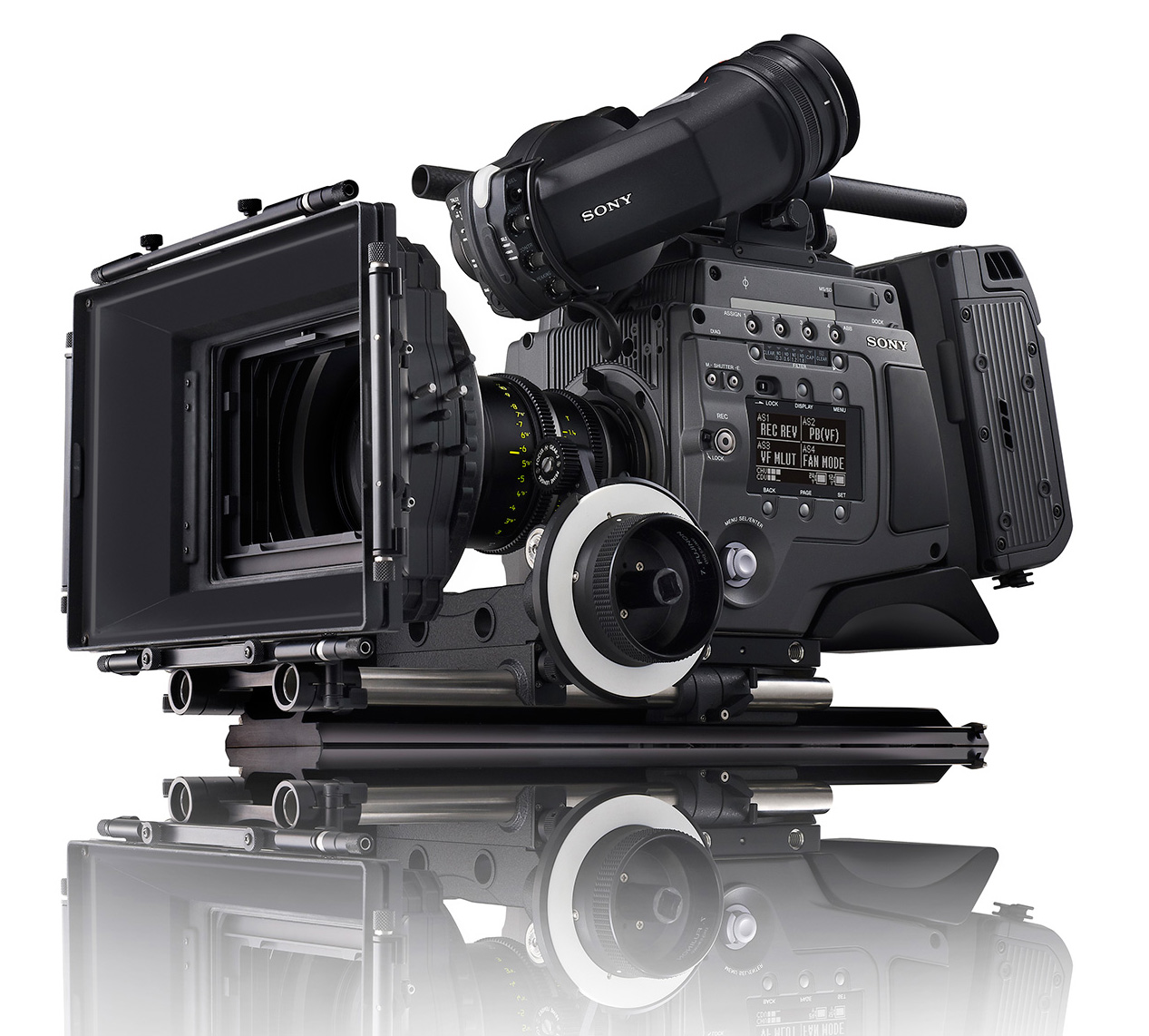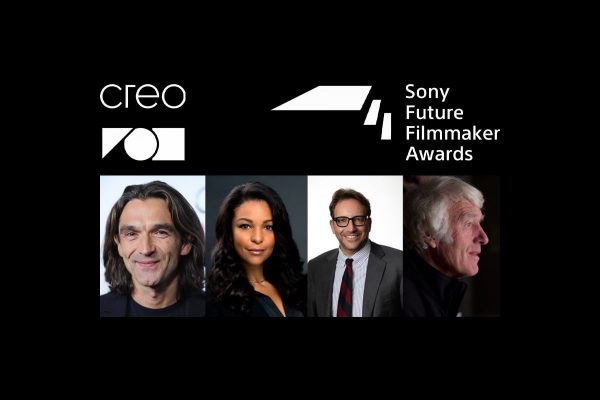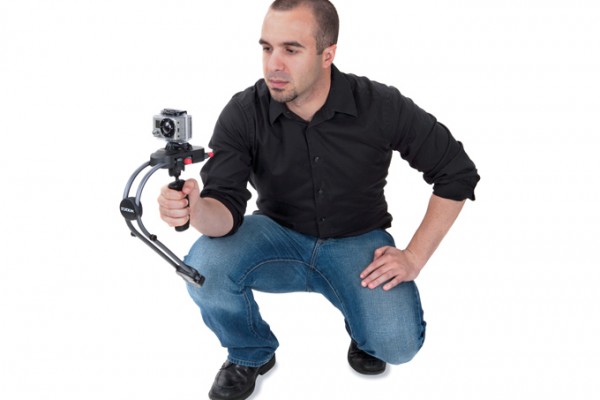No animals were harmed during the writing of this article, only DOPs. We heard from cinematographer Denson Baker ACS, who recently shot the New Zealand-based independent feature film The Dark Horse. Baker described shooting the film as “particularly intense,” with rain being ever-present on an almost entirely handheld shoot.
Having worked for many years as a cinematographer, Baker’s background includes shooting on film and digital. For The Dark Horse, Baker wanted an epic and cinematic look for the film, saying “James [the director] and I wanted the film to have an atmospheric quality to it. It needed to feel cinematic yet based in realism. It is based on a true story so we wanted it to feel real and true to the world of Genesis Potini [protagonist]. The film goes to some pretty dark places, emotionally and psychologically, however at its heart it is an uplifting and inspirational tale.”
Baker spent time testing different camera and lens combinations in order to create the ‘look’ that he and director James Napier-Robertson wanted, finally settling on the Sony F65 4K CineAlta camera.
Baker explained, “I come from a film background, I have shot features on 35mm, Super16, RED and ALEXA. When I was first talking about shooting ‘The Dark Horse’, Four Knights film producer Tom Hern mentioned that ImageZone were happy for me to test all their cameras and different lens combinations and they were keen for me to have a look at their F65s as they had bought two of them when ‘The Evil Dead’ was shot in New Zealand. To be honest I was a little skeptical at first – I shot my tests under the same conditions that we would shoot the drama and in fact I pushed the boundaries of the camera even more then I usually would. We flew down to Park Road Post to grade our tests and see them on the big screen. All of us, director James Napier-Robertson, producer Tom Hern and colourist Clare Burlinson were all very impressed.”
Principal photography required two F65s for fifteen days out of the thirty-three day shoot. Baker described the camera as “a little bulky” but well balanced for handheld, saying “If you have ever had a Panavision Millennium XL on your shoulder then you will feel at home with [it].”
Baker continued, “We shot primarily with a set of Zeiss Ultra Primes, then for selected scenes, we also used a set of vintage Hawk anamorphic lenses, to visually communicate the state of mind of lead character Genesis, played by Cliff Curtis. We shot continuous scenes that started in full sun exterior, follow Cliff into an moody interior, then travel around to see him against blown-out windows, with the variety of different Maori skin tones against white walls, dark corridors, over exposed windows and sun kicking off water.”

“James [the director] and I talked at great length about creating a feeling of being on a journey with Genesis, we wanted to travel with him. We wanted the audience to be by his side through all the agony, the joy and even the mundane. To do this we followed him in a way that was intended to feel continuous and spontaneous as he walked through the streets, into homes and stores and getting in and out of the car. We shot on a low loader for some car interiors but for many of them we would shoot with our cast driving, setting up minimal lighting and with myself either in the front seat or in the rear looking forward. For one shot our key grip Gareth Robinson rigged a crane seat on the side of Genesis’ car, allowing me to sit outside the driver’s side window, while Cliff drove the car down the street, then I could step off and walk across the road with him when he stopped.”
Shooting in the camera’s native 800ISO for much of the film, Baker described the need to increase the exposure in some of the moody shots, saying, “I did bump it up to 1600ISO for a couple of night exteriors when we needed that little bit more exposure… We set-up a basic on-set LUT in pre-production and loaded it up on both of our cameras, however I mainly left it set to REC709 (800%). This gave me the best representation of what we were capturing in RAW yet still adding a bit of contrast to the on-set viewing. In the past I have often played around setting up looks and on-set LUTs however, sometimes I find it is best to stick to the one standard LUT and light accordingly to that. It’s kind of like choosing a single film stock and lighting it accordingly.”

Baker and his crew decided to shoot the film in RAW Lite after they tested shooting in RAW SQ and found that visually the difference was “unperceivable”, even when zoomed 800% on the big screen. This also meant that less data storage space was needed for the film.
Baker explained, “Michael Urban was our on-set DIT and he did a fantastic job. He handled the data, added a LUT to our rushes and would subtly tailor it daily with each new location or look. I would get a hard drive of rushes at the end of every day and a selection of frame grabs from each set-up. Editorial would get their own rushes with the same LUT on them. Park Road Post Production wrote their own debayering software for the final online and grade, which was done in 4K in their Mistika grading suite by the very talented and lovely colourist Clare Burlinson.”
On using the F65s, Baker went from being skeptical of its performance to being a fan, mentioning how impressed he was with different features.
On the mechanical shutter, he said that it “makes a big difference to the motion blur when you are shooting handheld.”
As to the rear ND filter, Baker said,”There would be times when we would have a shot lined up, about to shoot another take and the sun would pop or I would just feel that we wanted a more shallow or deeper depth of field, and I could do a filter change within a matter of seconds. This is important when the actors were ready to go and you don’t want to break the momentum.”
“The other feature that I used to our advantage was controlling the camera from the iPad app. For a couple of set-ups we did a mechanical shutter change during the shot from a 90 degree shutter to 172.8 degrees when going from exterior in the rain into a moody interior. The dynamic range of the F65 meant that we didn’t have to do much of an exposure change from interior to exterior when usually it would require a dramatic iris pull.”
Baker concluded, “I did have initial concerns about its bulk when shooting car interiors, however, we did strip it back and make it quite compact. I was also concerned about the amount of rain and humidity that we would be shooting in but the camera had no issues. We did need to turn off the mechanical shutter for sound reasons when we were shooting in confined spaces such as bathrooms and quiet bedrooms, however it was never an issue as the movement in those kinds of scenes isn’t enough to notice the difference of the electronic shutter.”
Baker enjoyed using the camera so much, that he has recommended testing it for his next project, a feature being shot with director Jim Loach. He stated, “Jim is a film purist. We shot ‘Oranges & Sunshine’ together on Super 35 film and for his most recent project I shot tests on three different digital formats and four different combinations of lenses and he loved the look of the F65 the most. With the combo of some filters and right choice of lenses, it was the closest to the feel of 35mm that we had seen. With the use of filters, vintage anamorphic lenses, mixed colour temperature lighting and a wide mix of skin tones, the images from the camera are a pleasure to work with in the grading suite.”
The Dark Horse is currently screening in New Zealand and will be released in Australia later this year. The film will also be premiering during the opening weekend of this year’s Toronto International Film Festival.





